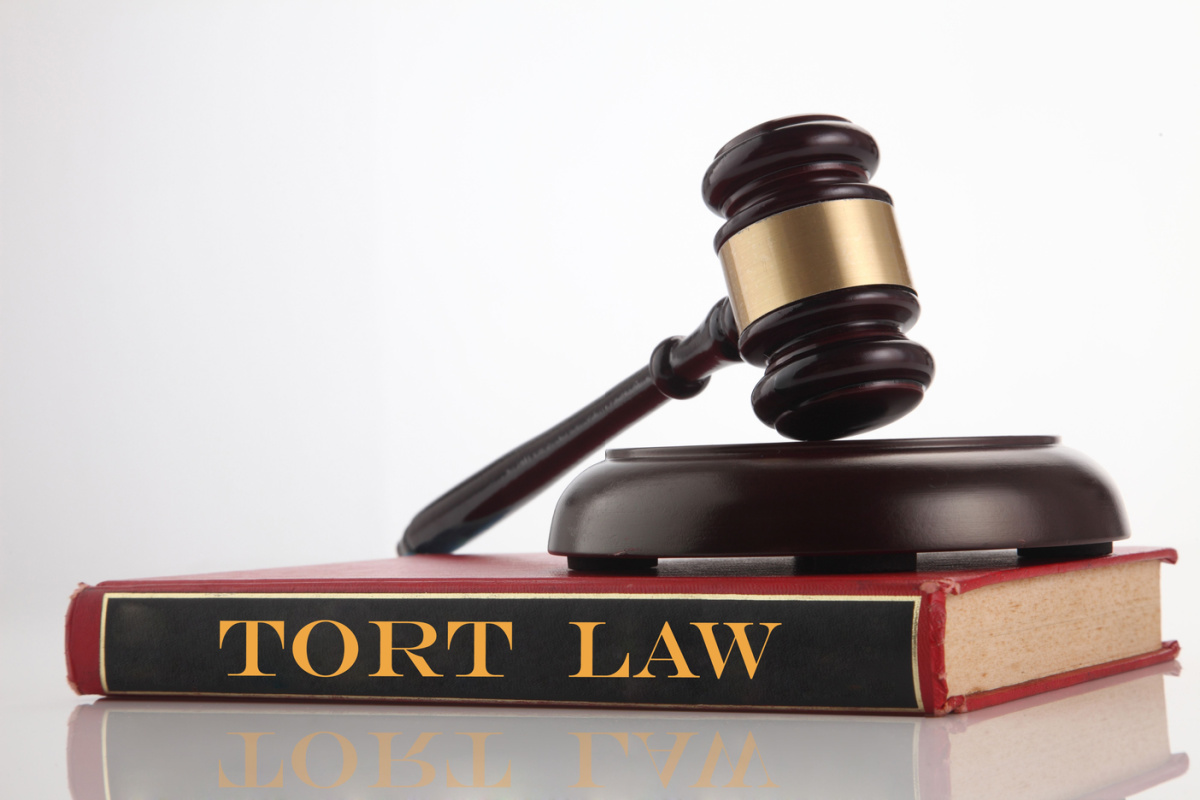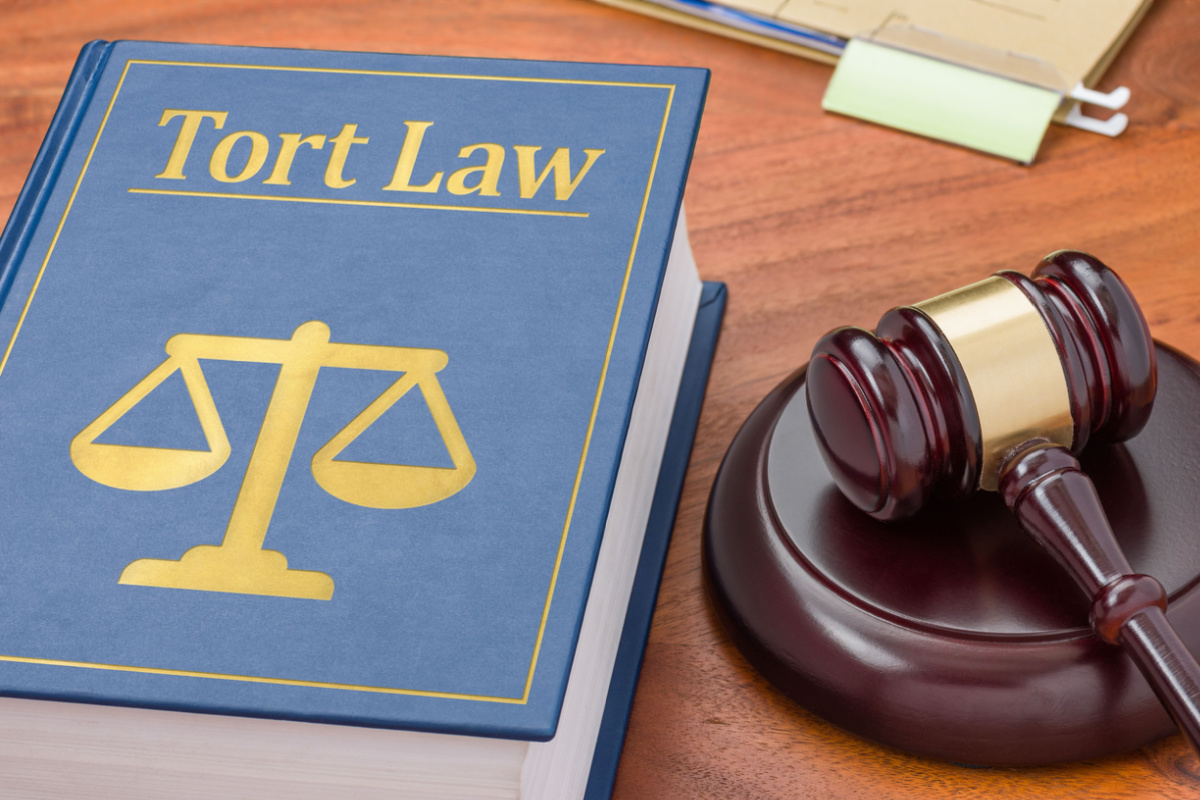On August 29, 2005, Hurricane Katrina, with 140-mile-per-hour winds, created devastation in southeast Louisiana. As a result, in 2009, a lawsuit was filed under the Federal Tort Claims Act (FTCA) against the United States and the Army Corps of Engineers, who created and operated a navigation channel called the Mississippi River Gulf Outlet (MRGO). Plaintiffs were consolidated under this lawsuit filed under the Katrina Canal Breaches Consolidated Litigation (Robinson).
The plaintiffs claimed that the Corps was negligent in not maintaining the MRGO properly, causing erosion that widened the channel. As a result, during Hurricane Katrina, when Reach 2 Levee was confronted with too much water because of the increased size of the channel, it failed to protect the plaintiffs’ property from flood damage.
Elements of a Tort
In this case, some plaintiffs were able to collect damages, and others were not. Some were able to prove that all of the elements of the tort were present, thus proving that damages were owed.
Duty
Did the Army Corps of Engineers have a duty to protect property in St. Bernard Parish? The United States District Court in the Eastern District of Louisiana found that the Corps had a duty to mitigate the damages done to the plaintiffs’ properties.
The Federal government owns the MRGO. In Louisiana, a landowner must correct any unreasonable dangerous condition that might inflict harm or warn others of its existence. The Corps was responsible for not being negligent in protecting the Reach 2 Levee system from destruction. Property owners are responsible for maintaining their property to reduce the chances of injury or property damage to others. However, the court found that the Corps did not have a duty to construct a surge protection barrier.
Breach
Did the Corps breach its duty by not preventing property from damage? The court found that they did breach their duty by leaving the levee system exposed to dangerous conditions that could cause its destruction during a hurricane while knowing that if the levee failed, this could cause catastrophic damages.
Causation
Was the damaged property a cause of the Corps’ actions or inactions? The court said yes, the Corps failed to maintain and operate the MRGO properly. This negligence caused the Reach 2 levee to fail, flooding the low-lying land in St. Bernard Parish.
The court was convinced of causation because the Corp did not install foreshore protection to keep the channel’s size from increasing, which resulted in the erosion of the land around it. The land around the originally designed canal would have protected the Reach 2 Levee from a front-side wave attack and diminished the height of the waves.
Damages
Was the plaintiffs’ property actually damaged due to the Corps’ negligence? The court awarded damages as follows:
- To Lucille and Anthony Franz, $100,000 for lost contents
- To Tanya Smith, a total of $317,000 for damage to a home, rebuilding other structures, lost contents, additional living expenses, and inconvenience
- To Kent Lattimore, a total of $134,665 for damage to a home, lost contents, additional living expenses, and inconvenience
- To Lattimore and Associates, a total of $168,033 for damage to a building and lost contents.
Norman and Monica were awarded no damages since they argued that if the Corps had built a surge protection barrier, they would not have suffered damages to their property. The court had decided that installing such a barrier was not in the Corps’ scope of duty.
Types of Civil Suits
Recognizing how damages were inflicted will help develop a legal strategy for the dispute. In addition, knowing the difference between whether a person purposely or negligently inflicted damages will significantly impact the case.
Intentional Torts
These types of torts are when the damage is inflicted intentionally or with purpose. For example, if a person unleashes a dog, points at a person, and says to the dog, “sic ’em,” and the dog attacks, this is an intentional dog bite tort case.
Negligent Torts
These civil suits happen when a person does not intend to cause damage or harm but doesn’t act with proper care. For example, if a person leaves the gate to their property open and the dog escapes and bites someone, this would be an example of a dog bite tort case resulting from negligence. Likewise, the Katrina Canal Breaches Consolidated Litigation case was a negligent tort case against the Army Corps of Engineers and the United States.
How to File a Civil Suit in Louisiana
Once a case can be made based on the four elements of duty, breach, causation, and damages, a civil suit can be filed in small claims court or the district court for a judge hearing if damages fall below $50,000. Most small claims limitations on damages are $5,000 or below. In the district court, a jury hearing for damages amounting to $50,000 and above will be required.
Alternative Dispute Resolution Strategies
Filing a civil suit in Louisiana can be expensive and time-consuming. However, Louisiana has the means to settle disputes outside the courtroom with alternative dispute resolution strategies. For example, civil cases can be resolved through negotiations, mediation, and arbitrations.
Prove the Elements of a Tort Case and Collect Damages

It’s important to know that all four elements of a tort must be proven to collect damages. For example, most of the plaintiffs in the Katrina Canal Breaches Litigation case were able to collect damages because they could prove that the Army Corps of Engineers, employed by the United States, had a duty to protect the residents in the area of the Reach 2 Levee system.
They breached this duty by neglecting the need for maintenance and upkeep on the MRGO, creating a dangerous and devastating situation for the residents during Hurricane Katrina. The cause of the damage was proven to be excess water and waves that resulted from the lack of maintenance on the MRGO, which caused the destruction of the Reach 2 Levee system and the protection it was supposed to provide. And lastly, damages were proven and collected by the plaintiffs.
If you’re dealing with a civil suit, contact Stephenson, Chávarri & Dawson, LLC at 504-523-6496 or fill out our online contact form to request an initial consultation.

